
Discover the Sacred Valley of the Incas in Peru
You must have heard of the Inca Empire, right? And if I tell you that in Peru there is the Sacred Valley of the Incas, where most of them are made of ruins and are full of stories that the ancients share with the new generation even today.
The Sacred Valley of the Incas is a group of 14 cities and towns and is located in the province of Urubamba, in Cusco, and for a long time, the center and heart of the Empire were formed and built.

Ollantaytamboo – Sacred Valley of the Incas
The first place you need to visit is the charming town of Ollantaytamboo. In addition, the village is one of the main points and a mandatory stop on your way to the famous Machu Picchu.
Wherever you go, what draws the most attention are its unmistakable stone streets and landscapes with ruins built by the highly respected Incas.
Warehouse on Pinkuylluna Mountain
One of the very cool and free access places for you to explore is the Warehouse on Pinkuylluna Mountain, your walk lasts 20 minutes. In ancient times, civilization used the structure to store agricultural products.
In other words, they chose the hilltops for the fresh, cool air that kept the food ventilated. In addition to the view of the warehouse itself, you can enjoy the view of all of Ollantayamboo.
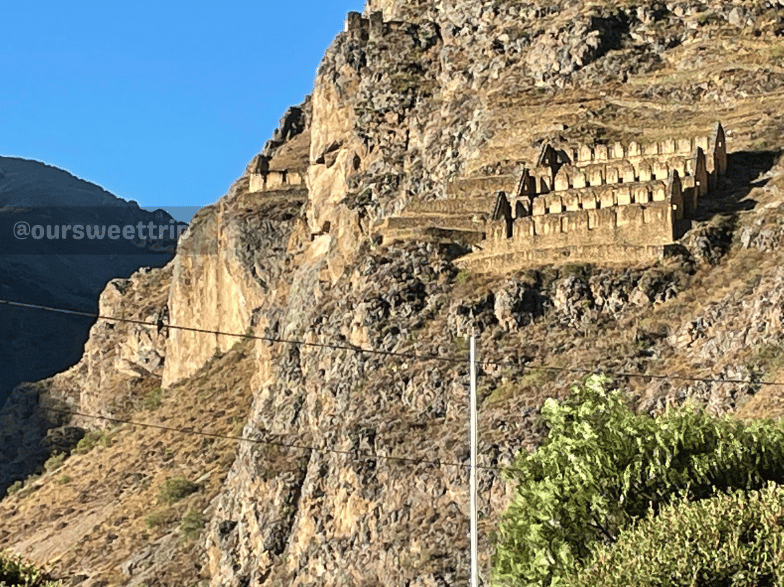
Archaeological Site – Fortress
Our dear Ollanta, for those close to you, is one of the most important buildings in the Sacred Valley and is home to the immense Fortress.
Your ticket is purchased through the local Tourist Ticket website, giving you access to the four attractions of the Sacred Valley of the Incas: Ollantaytambo, Moray, Pisac and Chincheros. Or you can purchase through this link.
The Fortress, the locals tells the story that Emperor Pachacutec kept his daughter imprisoned after discovering that General Ollantay wanted to take her as his wife. However, due to its plebeian origin, the emperor kept it locked up for a long time.
Then, after many years of struggle, Pachacutec, his son and the new emperor decide to forgive Ollantay and his sister and they live together happily ever after.
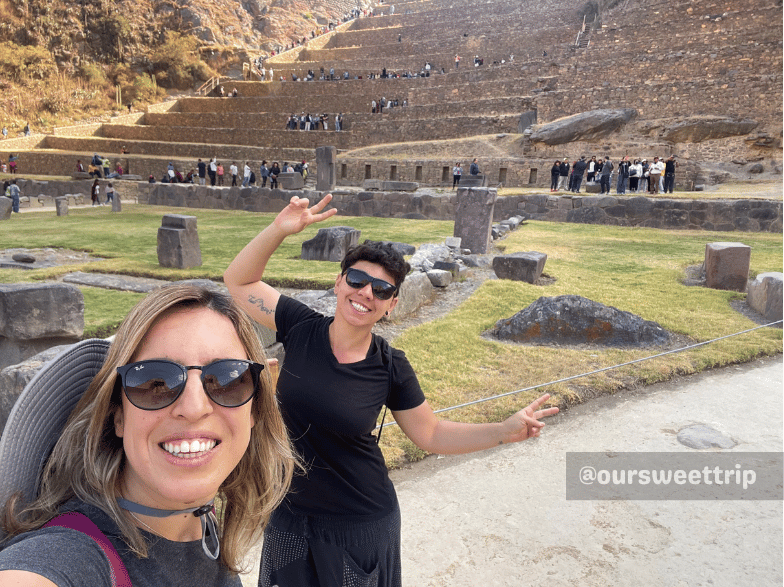
Above all, the archaeological site of Ollantaytambo is divided into two sectors: Qosqo Ayllu and Araccama Ayllu. Where the first is formed by the city with streets, squares and others. Araccama Ayllu is characterized by the presence of walls, squares, paths and platforms.
Distribution of the Archaeological Site – Fortress
In other words, the most famous Inca monuments in Ollantaytambo are the following:
The Temple of the Sun
Imposing rock that was part of a larger structure that was dedicated to the cult of the sun. Nowadays it is composed of six pieces, which together form a single amazing building, assembled and polished. This construction was made with stone blocks of up to 40 tons. It is one of the most famous structures in Ollantaytambo.
The bath ñusta
It is a set of aqueducts and canals that end in a fountain-shaped structure, which would have served as baths for the emperor's royal family. It has three exits that pour the same amount of water for hundreds of years.
The real house of the sun
It is a composite of walls and facades that welcome visitors to Ollantaytambo in the religious and urban sector. Where It is formed by up to seventeen structures in polished stone of great size and quality. It is one of the most photographed structures in the village. From there you have a privileged view of the city and the Sacred Valley of the Incas.
The monumental portal
This structure, made up of high-quality walls and a set of ten niches, is the main access to the set of precincts of the Fortress. In Inca times, the place would have been decorated with gold and silver pieces on the windows. Currently, it is unfortunately damaged in one of its corners. It is one of the most famous structures in the area.
Los Fuerte Choqana
It has a set of walls and windows located outside the archaeological site of Ollantaytambo, 2 kilometers from Cusco. During the time of the Incas, it served as a lookout point and checkpoint. It had ‘colcas’ warehouses, water tanks, viewpoints and surveillance structures.
Mañayraqay Square (K'uychipunku)
Its name is a Quechua word (language of the Incas) that means 'Place of Orders'. It is a rectangular square that served as the main ceremonial and administrative center of Ollantaytambo. Its walls have niches and doors, where gold and silver ornaments were placed. Its main function was religious.
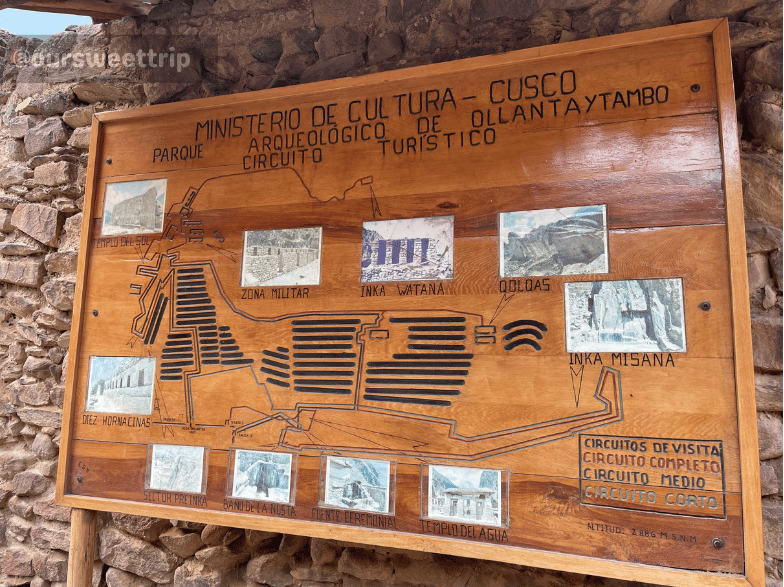
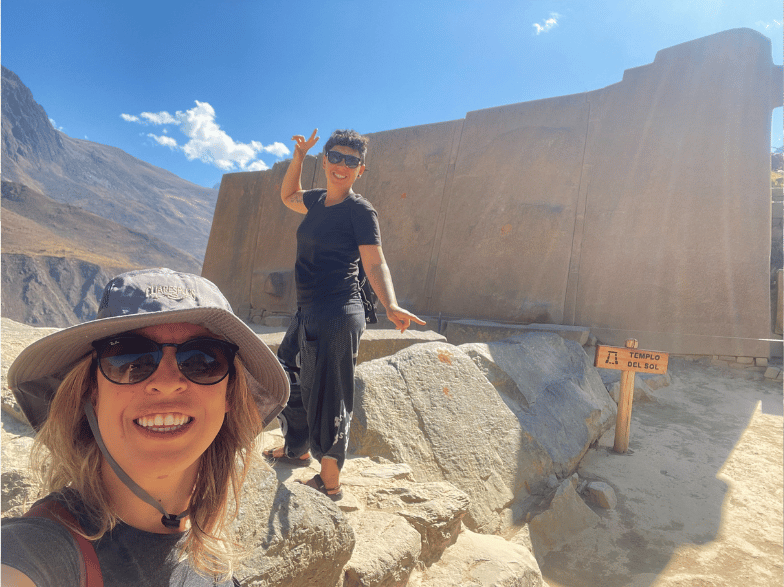
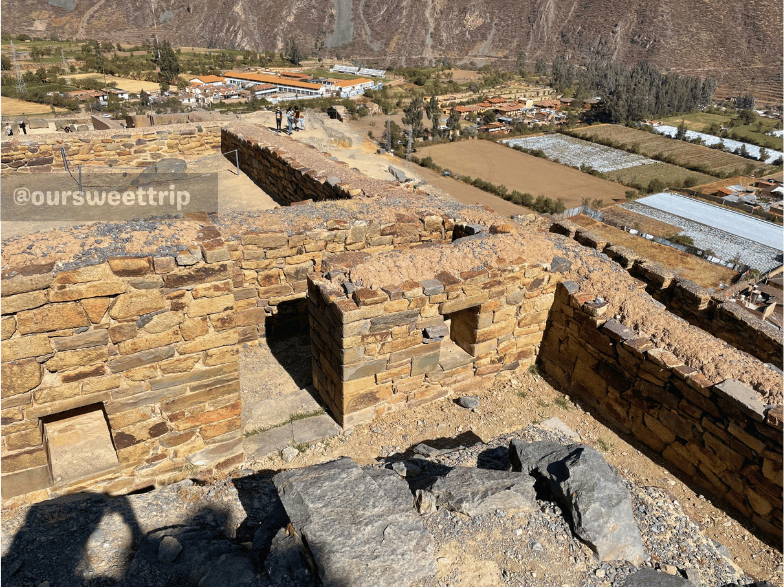
Ñaupa Iglesia
Leaving Ollanta a little, I invite you to take a walk in order to explore more of its surroundings and discover more of its landscapes.
Likewise, approximately 1 hour walking, you will find Ñaupa Iglesia, located in Pachar, neighboring the city of Urubamba.
In other words, Ñaupa Iglesia has the meaning of Old Church, and this peculiar place is said to be older than we can imagine. The church is also comprised of carved ruins, and an intriguing altar at the entrance, where some elders believe it was here long before the Incas arrived and the Incas inherited this site.
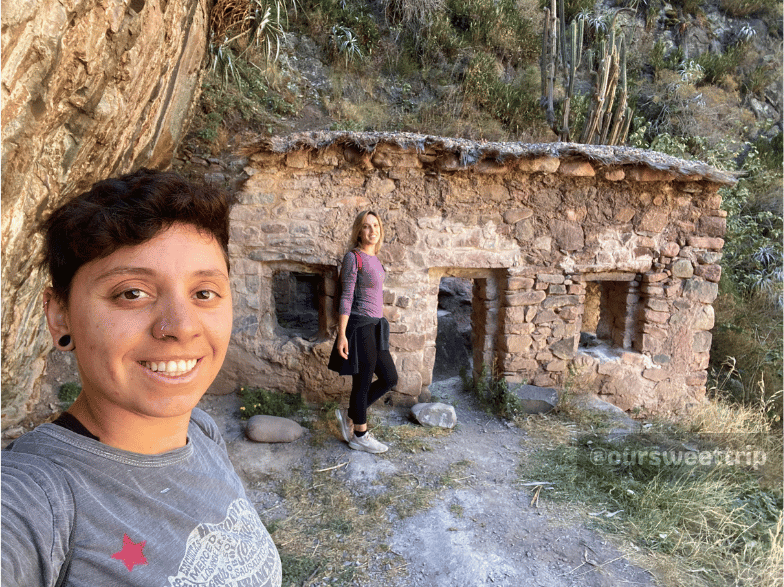
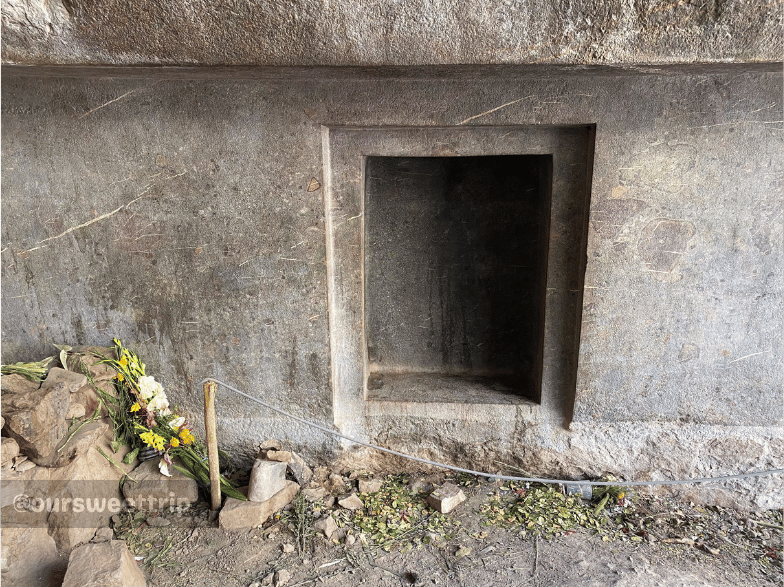

Moray – Sacred Valley of the Incas
Another point to visit in the Sacred Valley in Peru is Moray, where to enter it is necessary to purchase the Tourist Ticket, where the ticket allows entry to 4 attractions in the Sacred Valley: Ollantaytambo, Moray, Pisac and Chincheros.
There are different types of boleto, with different prices and validity (check out more information about tourist ticket). The Salineras de Maras must be paid separately, as the place is managed by local families. Ticket to Maras costs 10 soles.
In the ruins of Moray, in addition to its perfect forms, the place functioned as an agricultural laboratory. For example, inside each circular building, each level was called a terraza and was represented by a unique microclimate.
In other words, on each terraza they tested which types of vegetables, tubers or plants would work in each of these different climatic conditions.
As well as their temperature differences could have a difference of up to 1 degree Celsius, in addition to pressure variation as well. In that sense, thes temperaturas entre a base e o topo de uma construção circular dessas poderiam chegar a 15 graus Celsius.

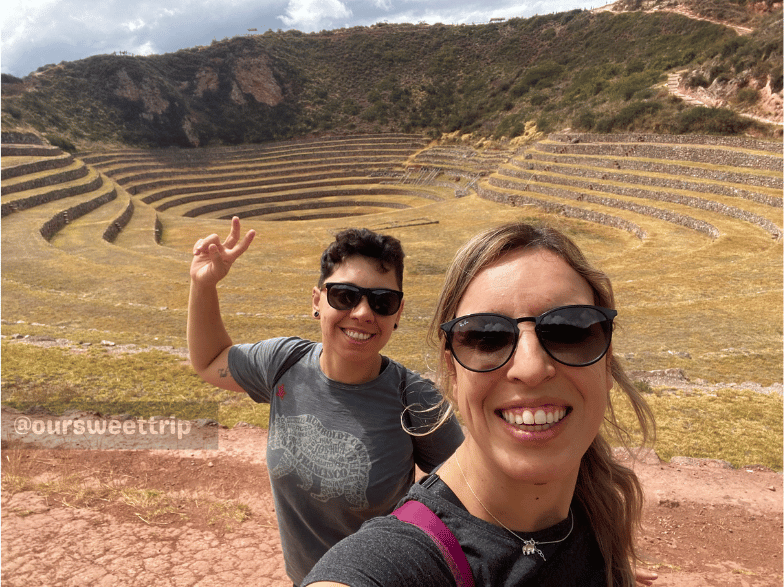
Salineras de Maras
Then, another place in the Sacred Valley of the Incas that you must visit is Salineras de Maras, where we were particularly impressed that it is not only in the sea that salt is extracted, but in the Maras Valley as well!
Entrance costs only 10 soles and it has a good structure for tourists, with restrooms available and water for sale. If you walk, as we did, there is an option to take a taxi right in front of the place.
The entire structure was built during the time of the Incas and has approximately 4,000 pools. In this sense, they receive water from channels that come from an underground spring of salt water located many kilometers away.
However, its salt extraction process is extremely artisanal: where the water evaporates, the salt remains at the bottom and is removed in basins and then placed in bags.
However, there are several types of salt, some being exported even to Japan. Very worth checking out!
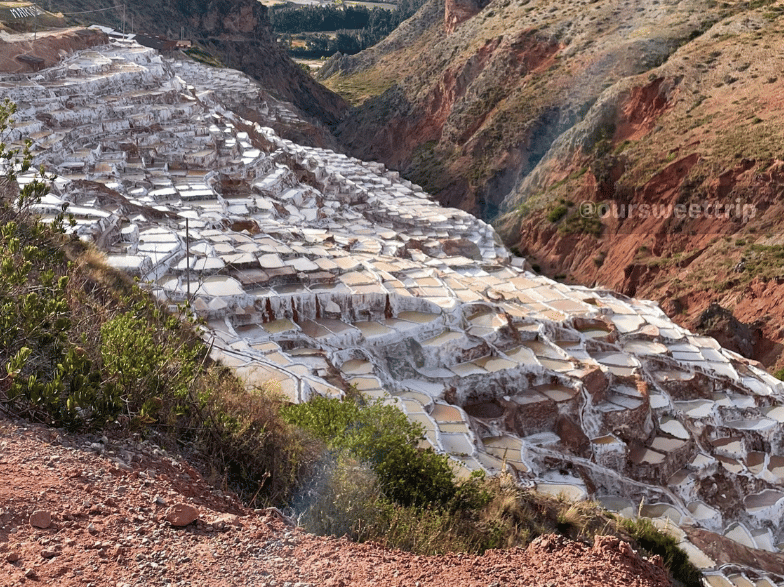

Conclusion
There is no shortage of reasons to visit the wonderful and enchanting Sacred Valley of the Incas.
When you visit, remember to keep your chest wide open, as it is a country full of good energies and beautiful stories to experience.
And if you are also like me and LOVE traveling spending almost nothing, I developed the Mentorship for Traveling Spending Little, a course in which I teach step-by-step everything you need to know to be able to travel to various places in the world without having to spend a fortune. I've traveled to more than 30 countries, and I want to help you achieve your dream trip.





